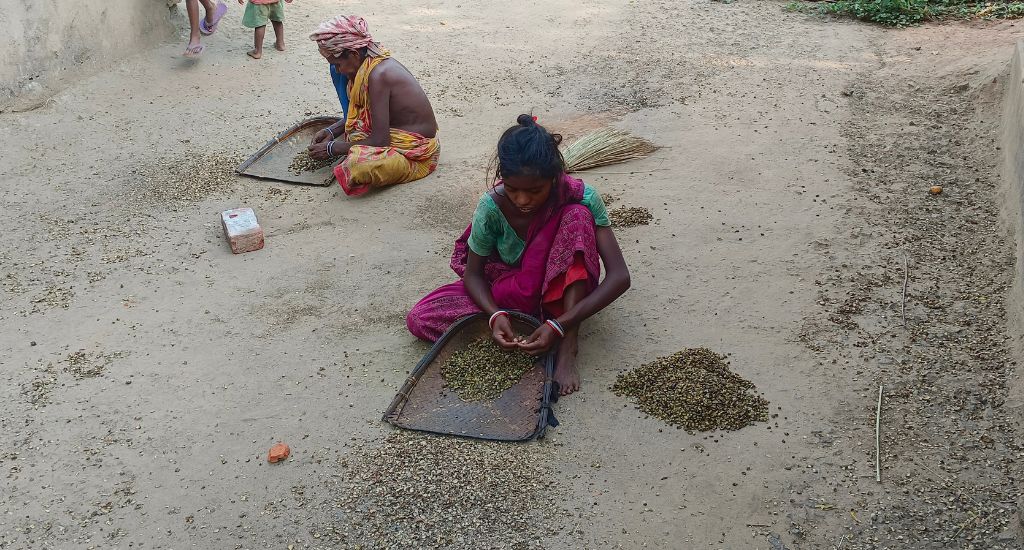
Bengal’s Sabar tribe struggles for survival
One of the poorest communities of India, 20 families of Sabar tribe toil to gather two square meals a day, subsisting on sal fruit, red ant eggs and a meagre government handout of rice.

One of the poorest communities of India, 20 families of Sabar tribe toil to gather two square meals a day, subsisting on sal fruit, red ant eggs and a meagre government handout of rice.
If time travel was possible, a visit to 2004 would be worth taking – a leap year that saw humankind take many leaps, for better or worse. A wide-eyed American geek launched Facebook, NASA’s Opportunity rover landed on Mars, but no warning system foretold a tsunami that strafed the coasts of India and South and Southeast Asia, killing 200,000 people.
Another tragic event headlined that year, emerging from an obscure village surrounded by deep woods, rolling hills, and small streams in the western remoteness of West Bengal – an area close to Jangal Mahal, a Maoist insurgency hotbed bordering Jharkhand.
Five people of the impoverished Sabar tribe died of hunger in Amlasole. A shocked nation reacted with a burst of clumsy commiseration, anger and calls for accountability. But the Sabar were forgotten soon enough.
Nineteen years on, Amlasole hasn’t shed an inch of its obscurity. A different place by the same name pops up on Google Maps, the app that pinpoints a place accurately to the square foot.
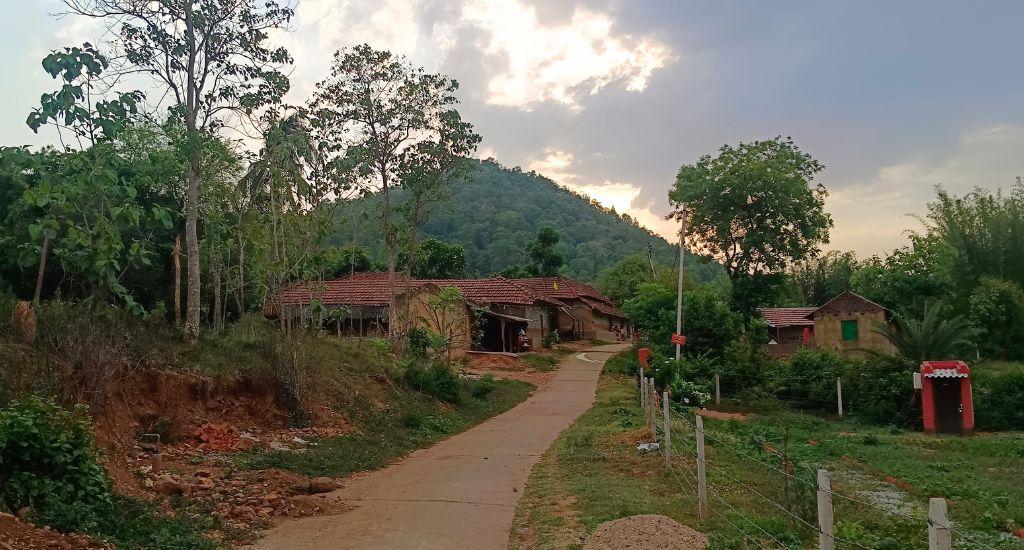
The village, 270 km west of Kolkata, has around 90 families, the majority from the Mura tribe, while 20 Sabar and three Kurmi households make up the rest.
Also Read | Malkangiri child deaths: disease or malnourishment?
At a glance, everything appears to be content – mango trees laden with fruit, people going about their business, barefooted children playing in the red earth. Pictures are deceptive. Human hunger is no game, although it plays out every day in Amlasole.
Buddheswar Sabar, 52, lost his father Samai and elder sister Mongali in the 2004 hunger deaths. He carries a lot of hurt in his heart.
“They died because we had nothing to eat. Reporters wrote about our plight, and politicians and social workers visited us. We were promised jobs. Look around. How do you see us now?” asked the ailing man, tottering with a walking stick.
The sick have to walk or are carried on shoulders or bicycles, 30km to the nearest hospital in the small town of Belpahari.
The sun dawns to signal a hard day’s labour for two square meals.
Sunil Sabar, 30, goes to the jungle at first light to collect fruits of the Sal tree, which are roasted and crushed to bring out the pulp that has a bitter-sweet, astringent taste. These are sold, mostly to be used for Ayurvedic medicines that aid digestion.
It’s all hands on deck – Sunil, wife Baha, and their two little kids – as the entire family labours to make the fruits ready for sale.
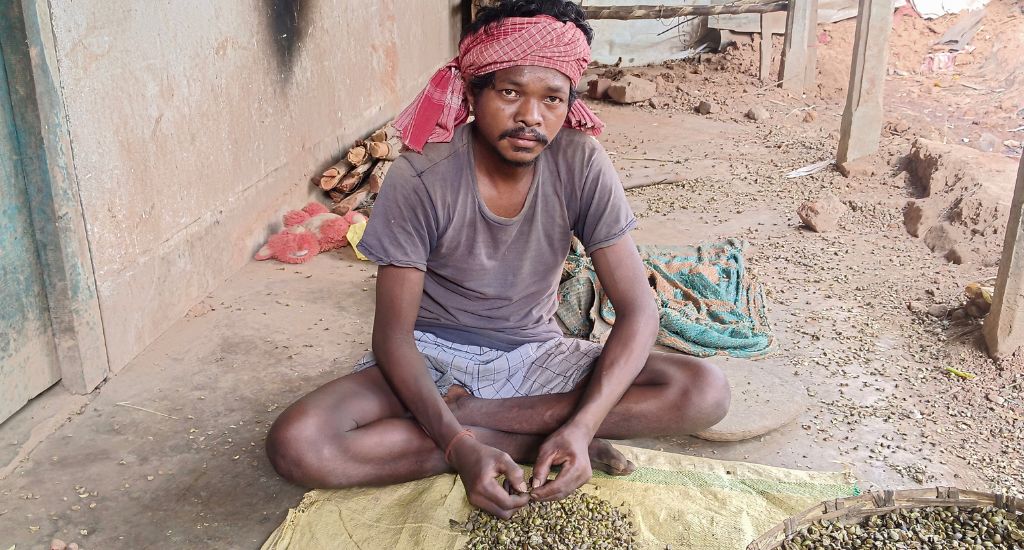
“We sell them for Rs 10 a kg and earn about Rs 90 a day,” he said, as his children in tattered clothes listen in silent amazement.
The income is hardly enough to buy food. “We cannot afford new clothes for our children,” Baha said.
Their case is not an outlier. All the landless Sabar families in Amlasole depend on the forest to get by. They have nowhere else to go. For generations, these families and their children have been born and brought up there.
Also Read | How development excludes India’s tribal people
In the monsoon, they collect red ant eggs, called “korkut” by the Sabar.
“The ants have a nasty bite. Very painful. We get about 500 grams on a good day and sell them at Rs 70 a kg. The ant eggs are a delicacy and are also prized for their medicinal properties. We cannot eat them. Our poverty doesn’t allow us to,” said Lakhikanta Sabar.
Each member of a family gets 5 kilos of free rice ration every month from the government’s public distribution system. “We are subsisting on that. Barely. We have to buy vegetables, oil and spices. Sometimes we eat just rice and go to bed,” said Suku Sabar, 38.
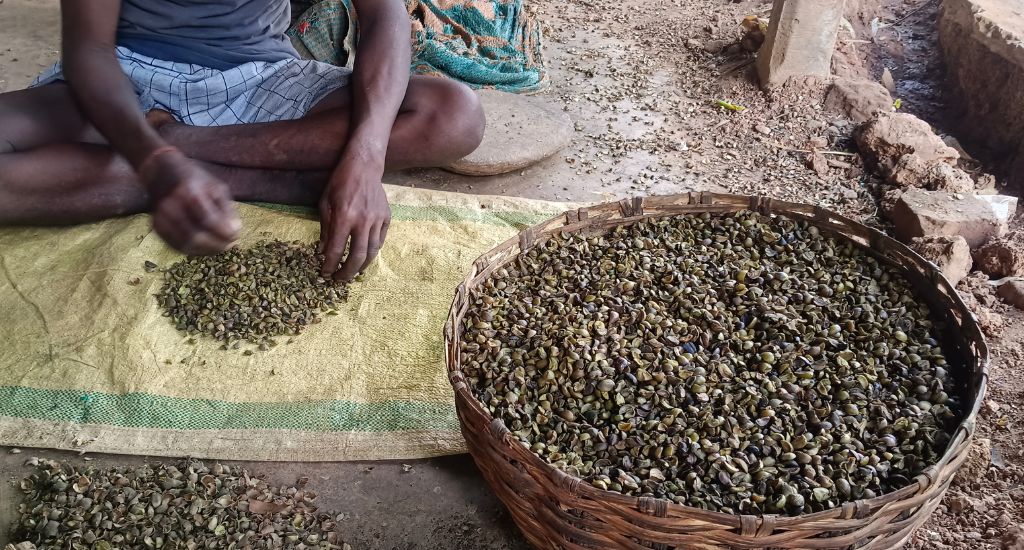
They cook meals on smoky, wood-fired mud hearths because they can’t come up with the money for the subsidised refill for cooking gas cylinders given under the Pradhan Mantri Ujjawala Yojna (PMUY) to women from economically weaker sections of society.
“We can take the one-time government grant to buy a cylinder and a gas oven. But who will pay after that free cylinder runs out of juice?” asked Phulmani Sabar, 23.
The isolated, unsullied beauty of Amlasole has attracted private investors to build homestays nearby – cottoning on to the trend among urbanites looking for a few days of off-grid living in a bucolic setting.
The village fits the bill. It has just a dirt track leading to it. There’s no internet and cell phones deliver one frustrating message: “No Service”.
Also Read | Anaj Bank frees Dalits from fear of hunger in Bihar
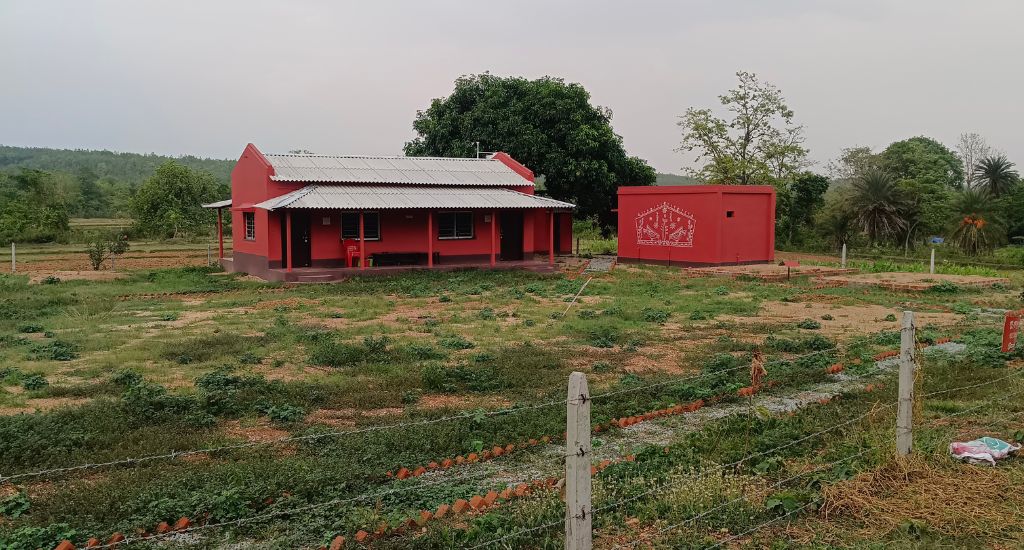
“It is really paradoxical that the Sabar families wing it for their next meal, while some are trying to mint money here,” said Sunil Mahato, a villager.
They have faced decades of neglect and social discrimination, and continue to live on the margins of society – partly due to a failure to enforce laws, policies and reforms to ameliorate their living standards. Their access to quality services such as livelihood, good hospitals and schools remains a serious challenge.
By a quirk of fate, the British had condemned the entire Sabar tribe as “criminals”. The stigma of being scofflaws keep following them to this day.
The lead image at the top shows Sabar women living in poverty. (Photo by Gurvinder Singh)